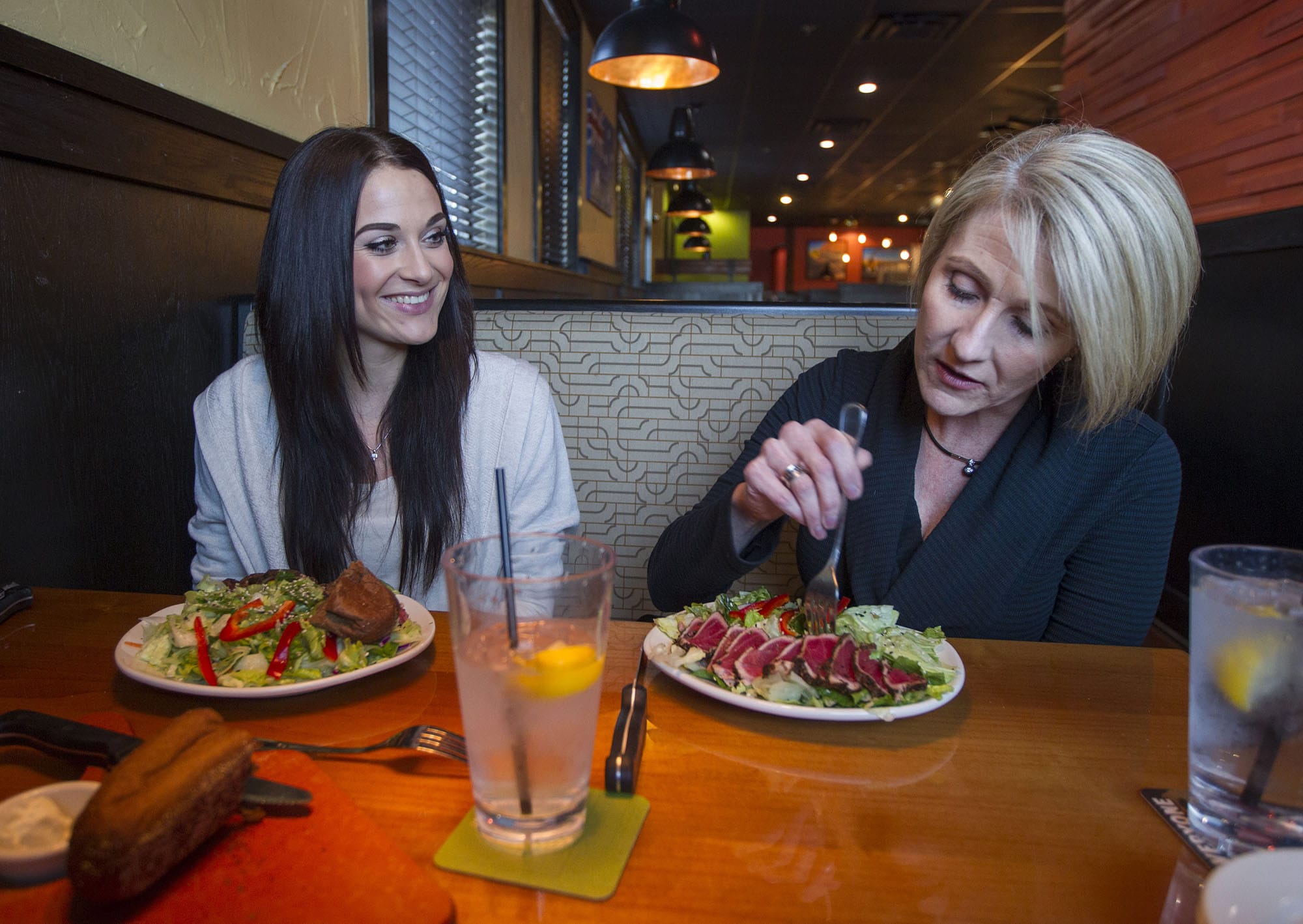Eating disorders and disordered eating
Caitlin O’Dell, clinical supervisor at Children’s Center, said the holiday season is tough for anybody with substance abuse issues and triggers — whether that substance is alcohol, illegal drugs or just plain food. “So many issues rear their heads around the holidays,” she said.
While the Children’s Center doesn’t take on eating disorders, which require more specialized treatment, O’Dell said the basic point of therapy is to “make the implicit explicit,” that is, to understand the “hidden why.” In this case, that means digging into the underlying family dynamics as well as “picking apart” our culture’s media messages about women and bodies.
Many young people — mostly but not only girls — are obsessed with looking “the way they think they need to look,” O’Dell said. While the National Eating Disorders Association estimates that “20 million women and 10 million men suffer from a clinically significant eating disorder” at some point in their lives, O’Dell said that many more people than that deal with what she called “disordered eating.” That refers to a whole host of eating behaviors, including constant dieting or compulsive eating.
Disordered eating is “somewhat common in teen girls,” she said. If you’re concerned about yourself or a family member who may have an eating disorder, O’Dell recommends starting by consulting a nutritionist. Busting the myth that you can starve yourself to health is paramount, O’Dell said. The reality is, you’re just starving yourself to death.





